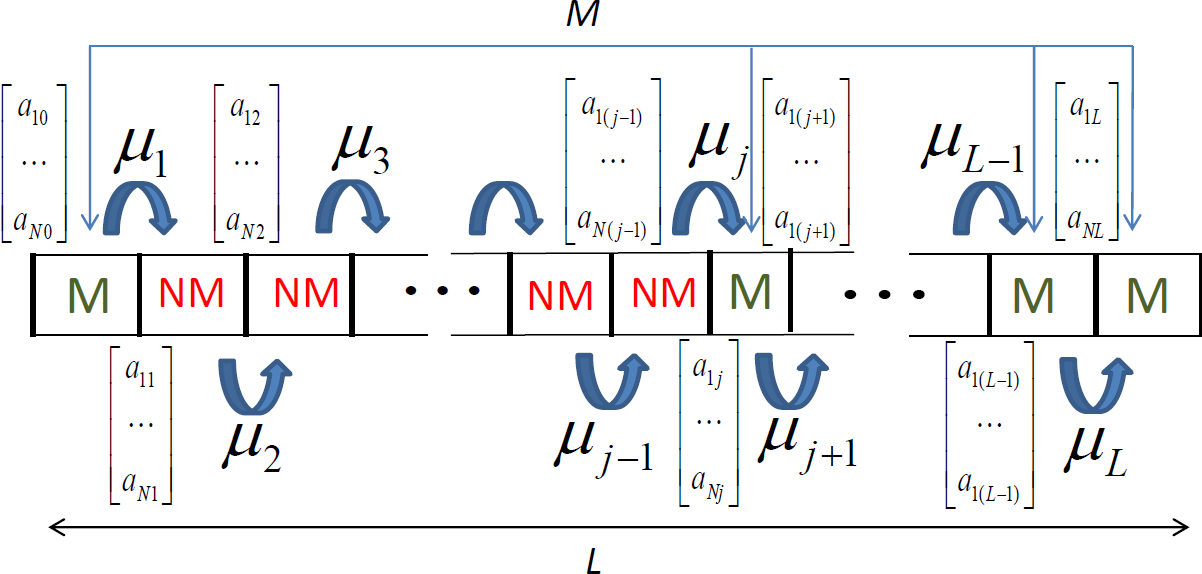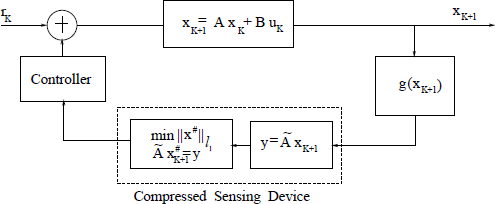Compressed Sensing and Control

We introduce the concept of using compressive sensing techniques to provide feedback in order to control dynamical systems. Compressive sensing algorithms use l1- regularization for reconstructing data from a few measurement samples. These algorithms provide highly efficient reconstruction for sparse data. For data that is not sparse enough, the reconstruction technique produces a bounded error in the estimate. In a dynamical system, such erroneous stateestimation can lead to undesirable effects in the output of the plant.

|
We provide two novel adaptive-rate compressive sensing (CS) strategies for sparse, time-varying signals using side information. The first method uses extra cross-validation measurements, and the second one exploits extra low-resolution measurements. Unlike the majority of current CS techniques, we do not assume that we know an upper bound on the number of significant coefficients that comprises the images in the video sequence. Instead, we use the side information to predict the number of significant coefficients in the signal at the next time instant. We develop our techniques in the specific context of background subtraction using a spatially multiplexing CS camera such as the single-pixel camera. For each image in the video sequence, the proposed techniques specify a fixed number of CS measurements to acquire and adjust this quantity from image to image. We experimentally validate the proposed methods on real surveillance video sequences. |
|
|
In this work, we present feedback control laws for vision guided navigation of a mobile robot. The robot is modeled as a cart that can move along a straight line, and has two vision sensors onboard. The primary vision sensor is a high resolution single-pixel camera (SPC), based on principles of compressive sensing, for capturing images. Additionally, there is a low-resolution sensor that provides coarse measurements. In this work, we consider a simple scenario in which the target is modeled as a straight line segment on a plane. The main contribution of this work is the formulation of control laws directly from the compressed measurements, obtained from the SPC. Therefore, the reconstruction of the target image is sidestepped, leading to a reduction in the amount of data acquired for control. |

|
In this paper, we explore the problem of optimizing the measurement policy in finite horizon sequential compressive sensing when the number of samples are strictly restricted to be less than the overall horizon of the problem. We assume that at each instant the sensor can decide whether or not to take an observation, based on the quality of the sensing parameters. The objective of the sensor is to minimize the coherence of the final sensing matrix. This problem lies at the intersection of {\it{usage limited sensing}} and sequential compressive sensing. First, we formulate the dynamic program corresponding to the decision problem. Next, we propose a myopic policy that satisfies a equation similar to the original dynamic programming equation. Finally, we show that this policy is optimal for low-dimensional problems. |

|
In this work, we present some techniques to overcome the aforementioned restriction. Our efforts fall into two main categories. First, we present some techniques to design feedback systems that sparsify the state in order to perfectly reconstruct it using compressive sensing algorithms. We study the effect of such sparsification schemes on the stability and regulation of the plant. Second, we study the characteristics of dynamical systems that produce sparse states so that compressive sensing techniques can be used for feedback in such scenarios without any additional modification in the feedback loop. |